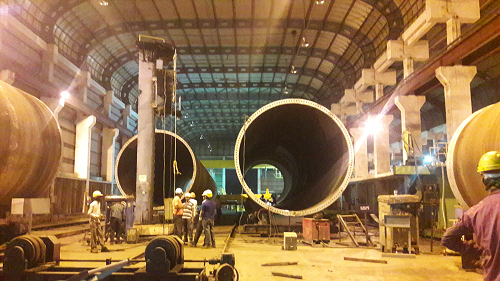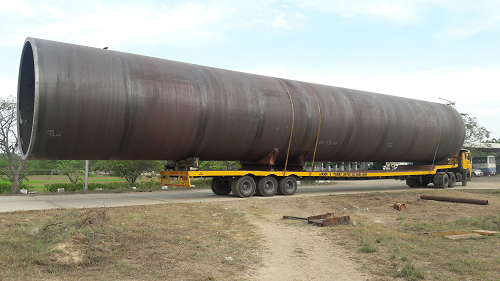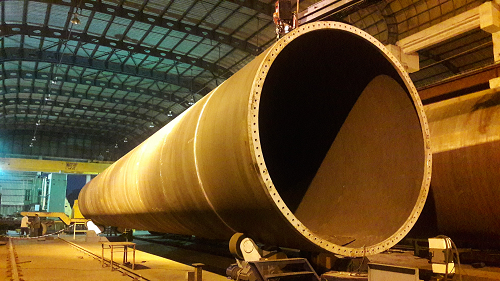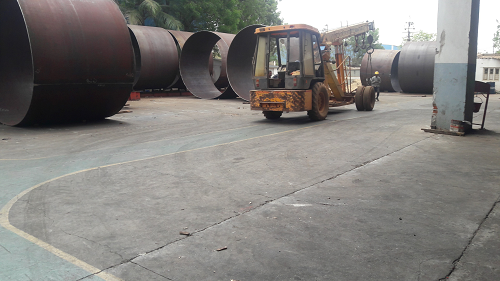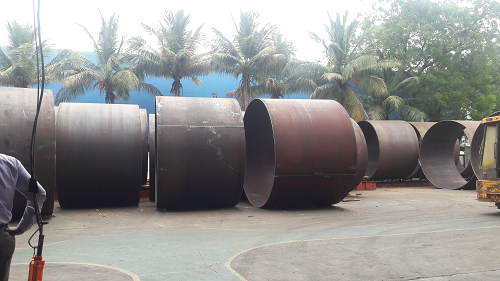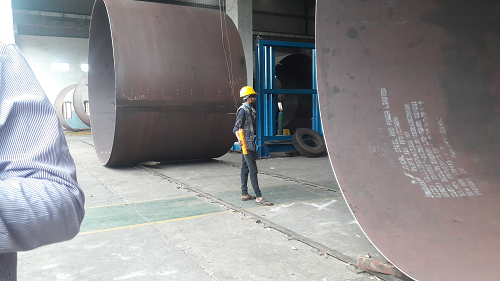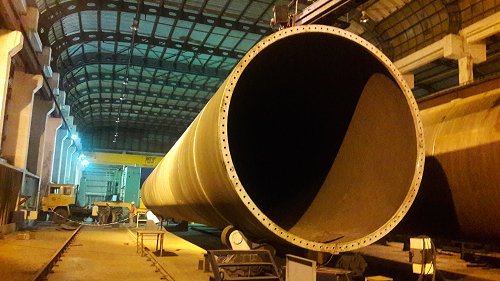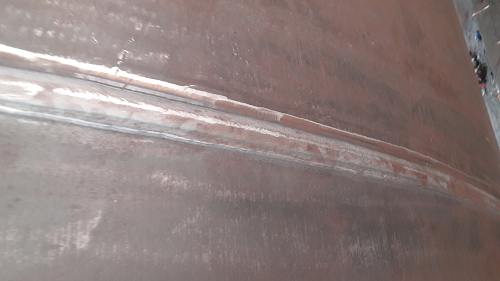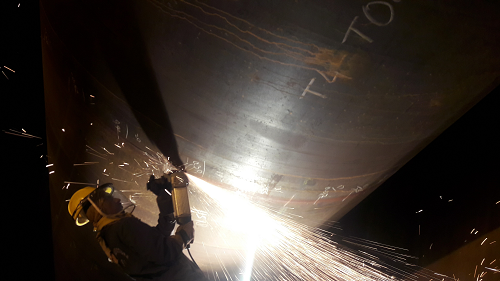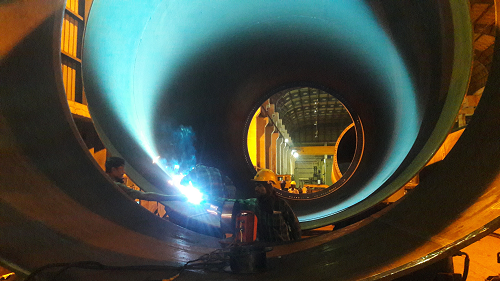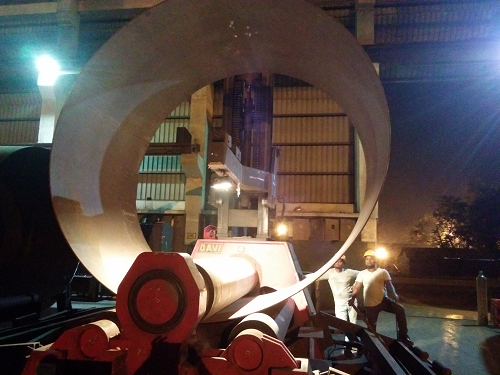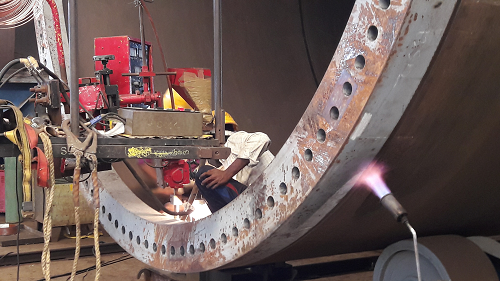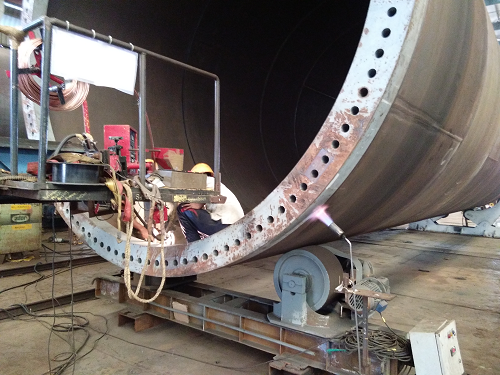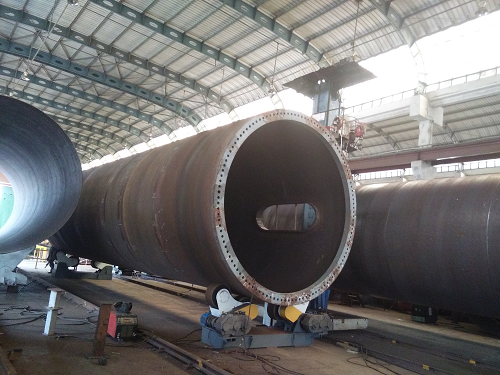Fabrication is the process used to manufacture steelworks components that will, when assembled and joined, form a complete frame. The frame generally uses readily available standard sections that are purchased from the steelmaker or steel stockholder, together with such items as protective coatings and bolts from other specialist suppliers.
Welding
Welding is a core activity in the fabrication factory; it is used to prepare joints for connection on site and for the attachment of other fixtures and fittings
Essentially, the welding process uses an electric arc to generate heat to melt the parent material in the joint. A separate filler material supplied as a consumable electrode also melts and combines with the parent material to form a molten weld pool. The weld pool is susceptible to atmospheric contamination and therefore needs protecting during the critical liquid to solid freezing phase. Protection is achieved either by using an inert shielding gas, by covering the pool with an inert slag or a combination of both actions. As welding progresses along the joint, the weld pool solidifies fusing the parent and weld metal together. Several passes or runs may be required to fill the joint or to build up the weld to the design size
Type of Welding
Metal Active Gas (MAG)
Metal Active Gas (MAG) is used for continuous welding. MAG welding employs a continuous solid wire electrode carrying current. This is supplied by a power source and fed through a “Gun” by a roller wire-feeder. An arc is struck between the continuous metal electrode and the steel work piece – this effectively melts the two together. The molten weld pool is protected from atmospheric oxidation by a gas shield (formed from an Argon and Carbon Dioxide mixture).
Submerged Arc Welding (SAW)
For welding long pieces of steel together to fabricate structural sections, submerged arc welding is used. In Submerged arc welding a power current is applied to a continuous wire electrode. This is generally much larger diameter than in MAG welding. The arc is struck when the wire electrode contacts the work piece. Protection of the weld is provided by slag, formed by the action of the arc on a powder covering the whole weld reaction area. The arc is “Submerged” under the powder.
Non Destructive Testing (NDT)
Non-destructive testing is carried out to ensure that welds are free from unacceptable defects such as cracks and inclusions. The main NDT techniques are magnetic particle inspection (MPI), and ultrasonic testing. MPI utilises a magnet and a magnetic liquid on the surface of the weld, and ultrasonic testing involves sending sound waves through the weld and interpreting the resulting echo pattern on an oscilloscope.
Fabrication Services
- Structural fabrication
- Pipe fabrication
- Windmill internal fitting fabrication
Fabrication's Portfolio's
Want To Be A Piece Of Us?
We give a chance for people to work in the professional environment with challenges and values. Come with us!



